Qualcomm has published its own benchmarks of their Snapdragon X Elite platform, and based on these early numbers the new processor looks like it might just be able to take on not just the Intel and AMD duopoly in the Windows scene but even Apple Silicon.
Late on in the Snapdragon Summit event, Qualcomm gave us a quick preview of the performance potential the Snapdragon X Elite had. Granted, these are all benchmark numbers conducted by Qualcomm themselves and so you’ll have to take them with a tiny pinch of salt. That being said, they did also have reference design laptops powered by Snapdragon X Elite in the presentation hall running these benchmarks to show that they’re confident they’ll be able to get these numbers even in real life conditions.
They had not one but two of these laptops on show, one with a higher thermal design power of up to 80W mimicking your powerful professional laptops, and another running at just 23W as an example of a thin-and-light ultraportable; the latter is clocked slightly lower perhaps for cooling and power reasons. These aren’t actual laptops you can buy of course, but rather just an example of what you can expect their PC partners to come up with in the future.
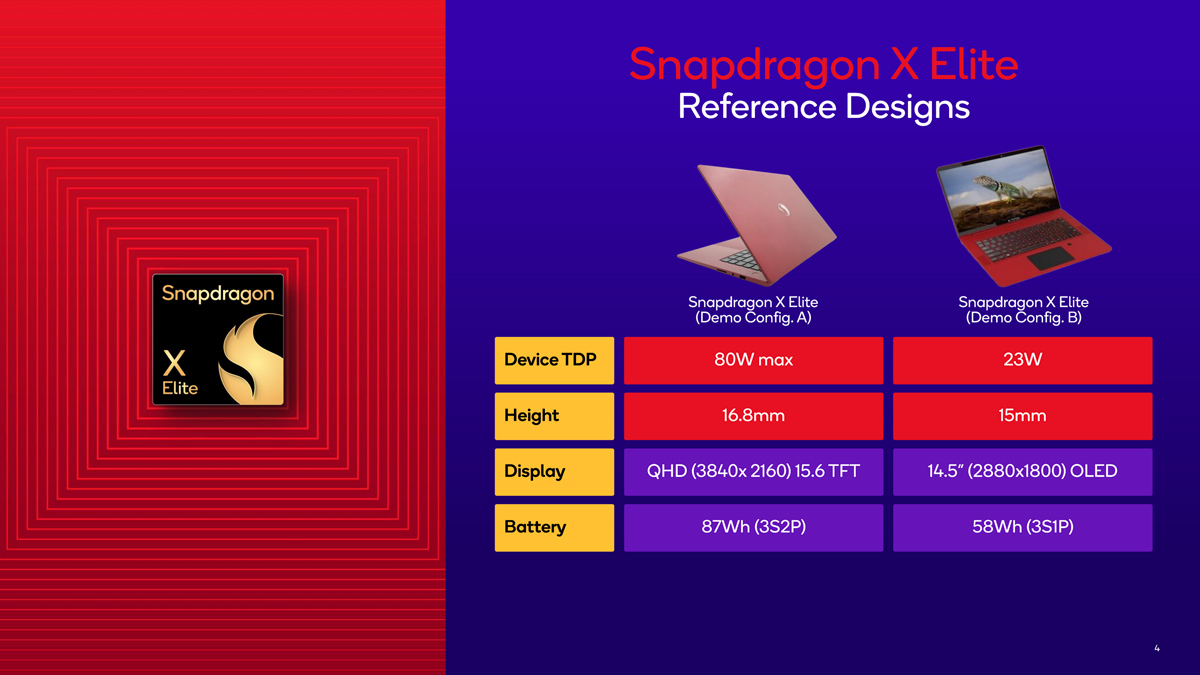
Qualcomm compared them with the Intel Core i7-13800H, AMD Ryzen 9 7940HS and the Apple M2. Timing-wise, Qualcomm announced Snapdragon X Elite a week before Apple rather hastily debuted their own M3 family of processors, and so it would make sense that they’ve matched it against the M2, but as we will see, the Snapdragon X Elite does kinda sorta seem to play well with the M3 too.
Ahead on all accounts
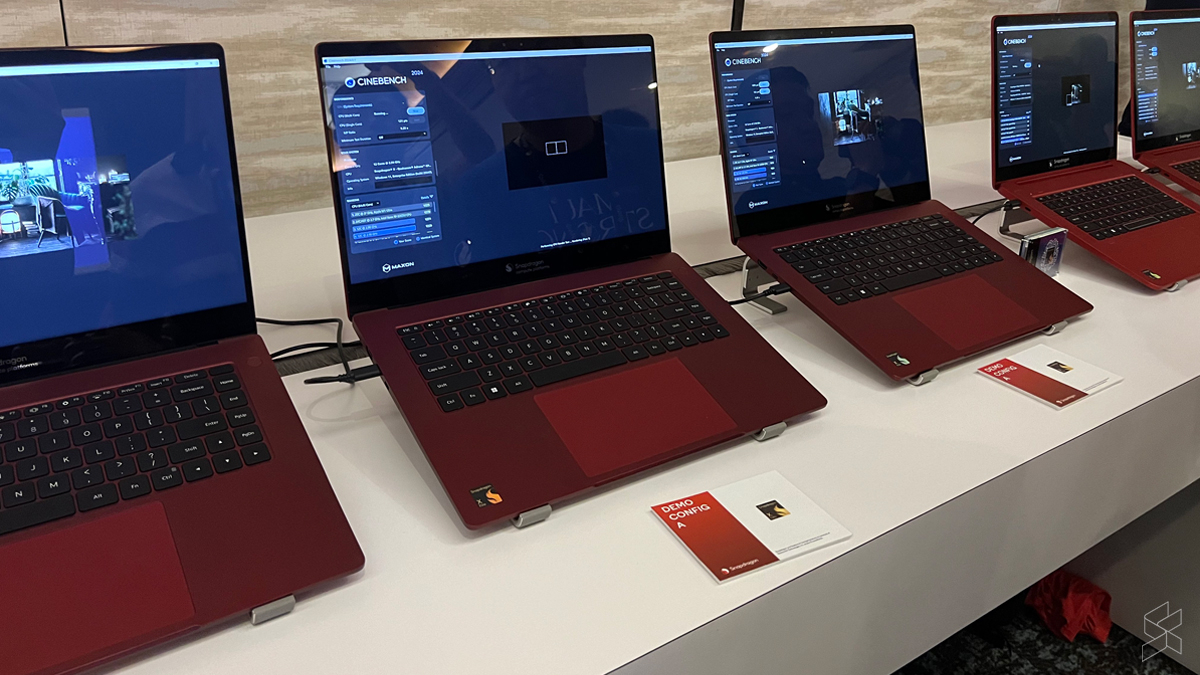
Qualcomm showed off the Snapdragon X Elite in its two TDP variants in six different benchmarks: Geekbench 6, Cinebench 2024, UL Procyon AI, Wildlife Extreme and Aztec Ruins. It has to be said though that this is a rather odd bunch of benchmarking tools—the UL Procyon AI test was done using the Snapdragon Neural Processing Engine, allowing the Snapdragon X Elite to make full use of its AI capabilities, while the AMD and Intel offerings had to run CPU integer variants instead. Then there’s also Cinebench 2024, which remains a very new benchmarking tool and so we ourselves don’t have any data for that on other platforms.
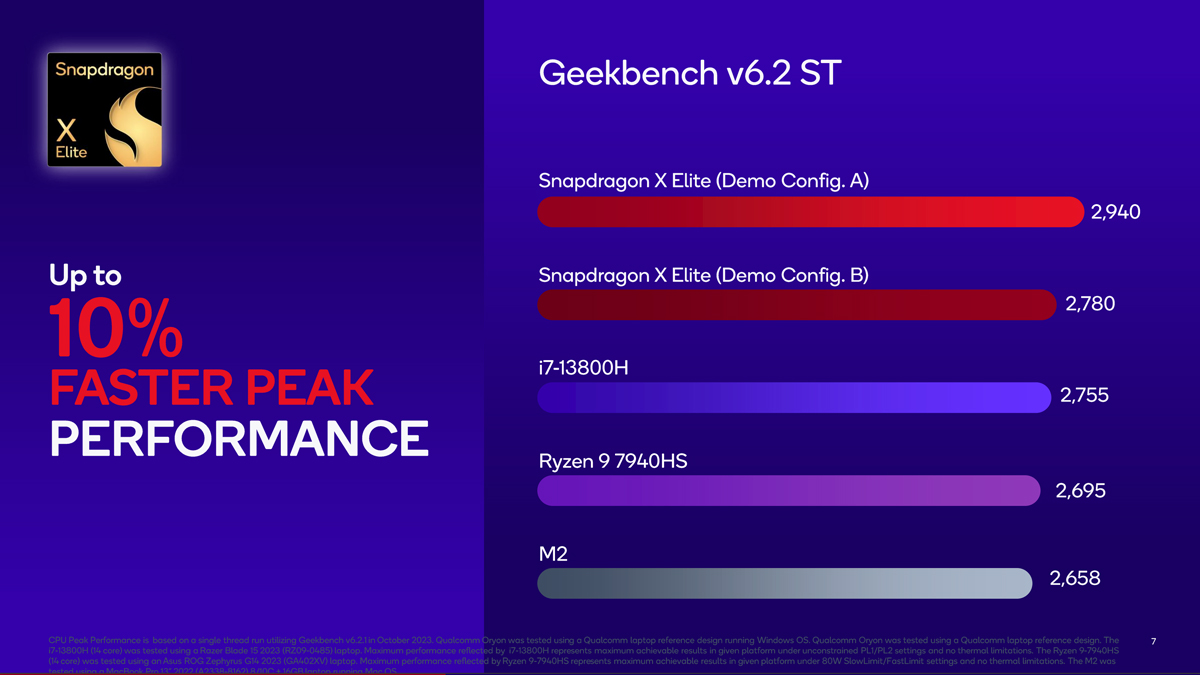
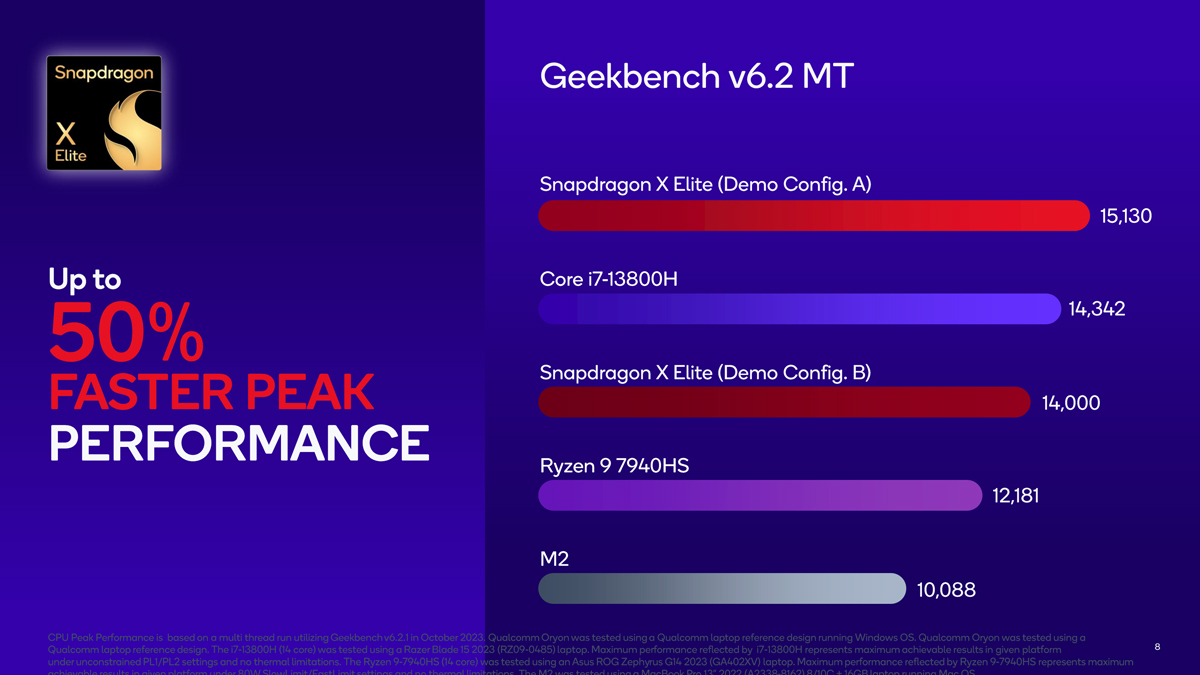
Nevertheless, if we were to take Qualcomm’s word as it is, the Snapdragon X Elite is very much ahead of its competition on all accounts. In the single core Geekbench 6 benchmark, both the high power and low power Snapdragon X Elite laptops come up tops against the Intel Core i7-13800H, Ryzen 9 7940HS and Apple M2, while in multicore runs the 80W Qualcomm reference laptop and 23W laptop come in at first and third respectively.
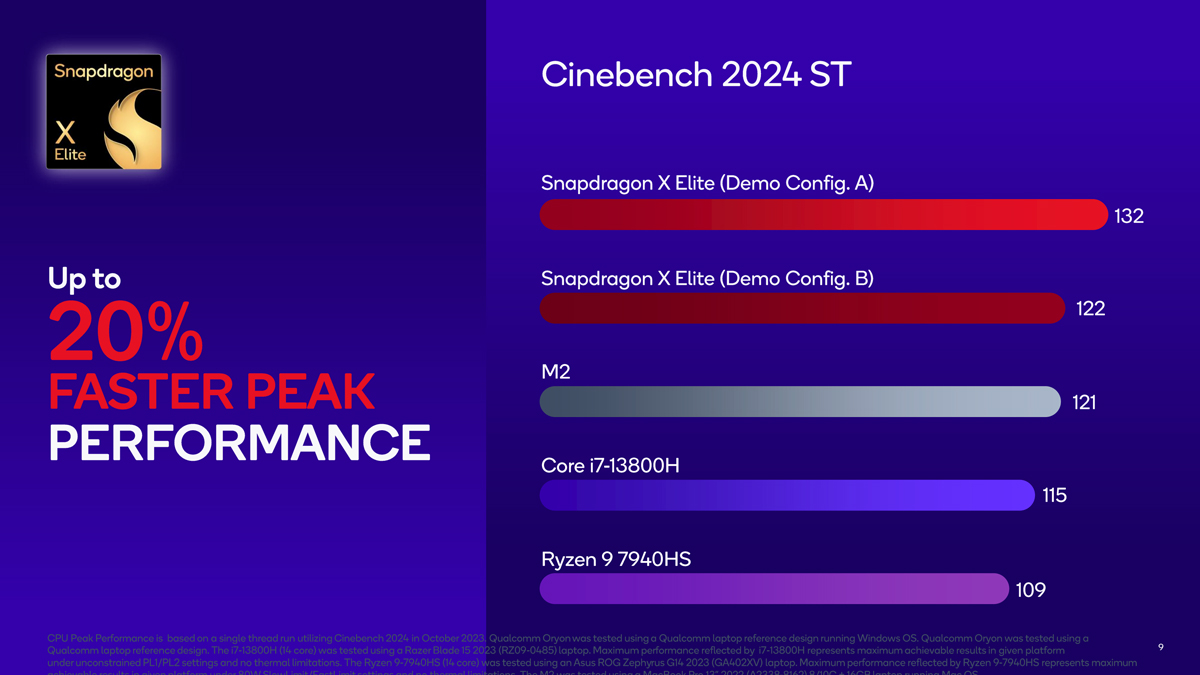
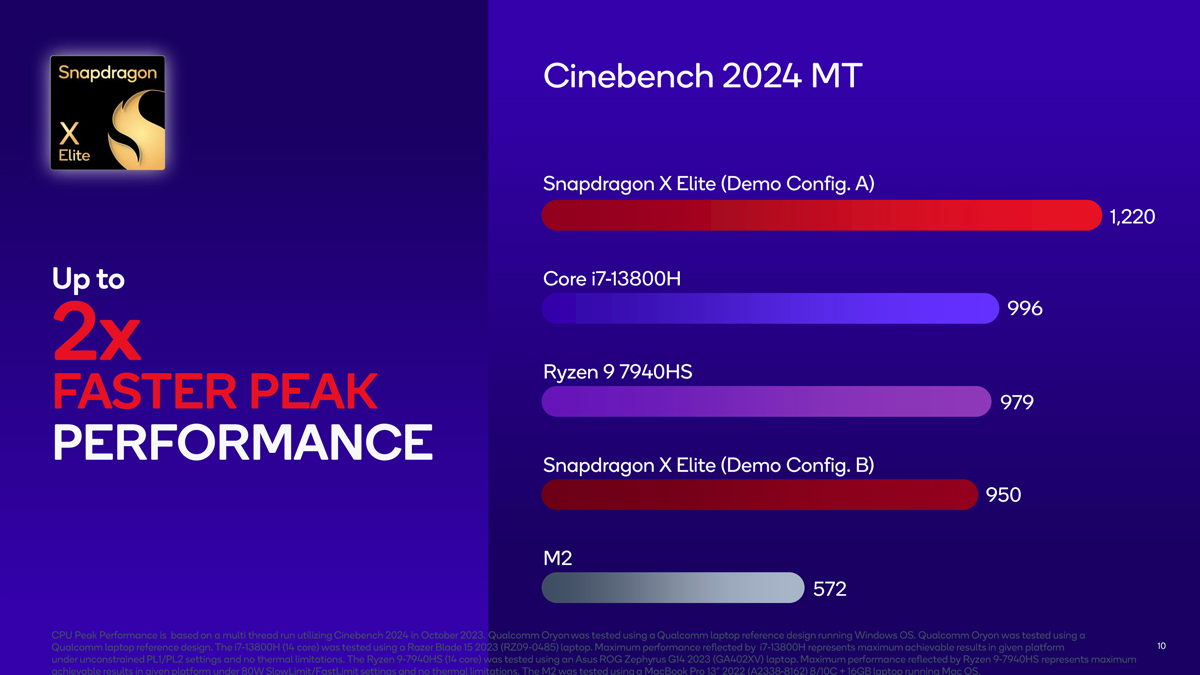
It’s a similar story in Cinebench 2024, with the two Snapdragon X Elite laptops beating the rest in single core numbers and the lower TDP Snapdragon X Elite dropping a little bit behind in multicore loads.
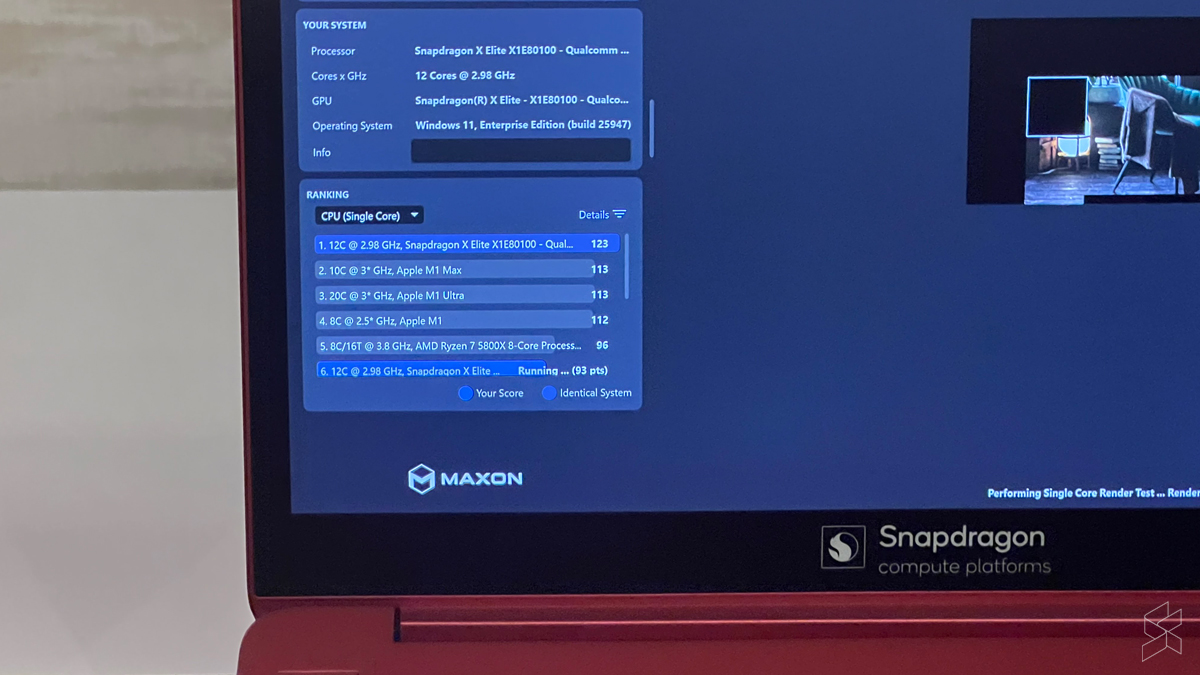
It’s also easily on top in the AI benchmark, though like we mentioned earlier, the UL Procyon AI benchmark that tests the chip’s AI capabilities are a little skewed by the fact that the Snapdragon X Elite could use its NPU here. Qualcomm’s GPU benchmarks meanwhile has the Snapdragon X Elite on top of the M2, Core i7-13800H and Ryzen 9 7940HS in Aztec Ruins while the M2 pips the 23W Snapdragon X Elite to second place in 3DMark Wildlife Extreme.
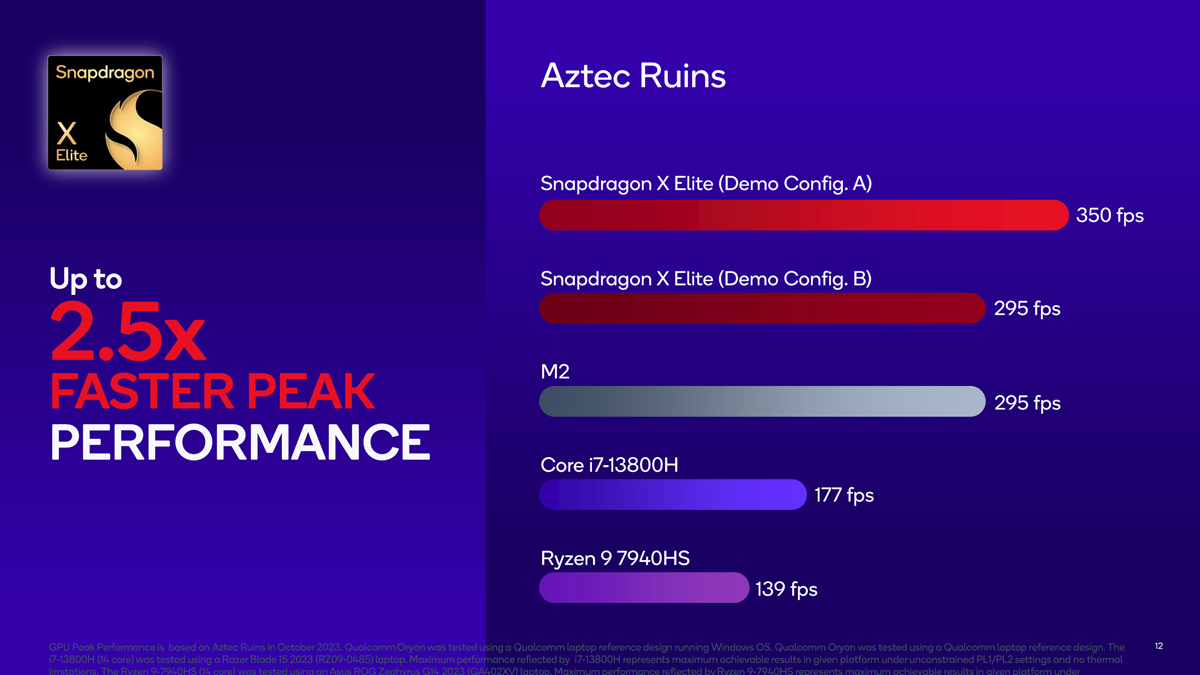
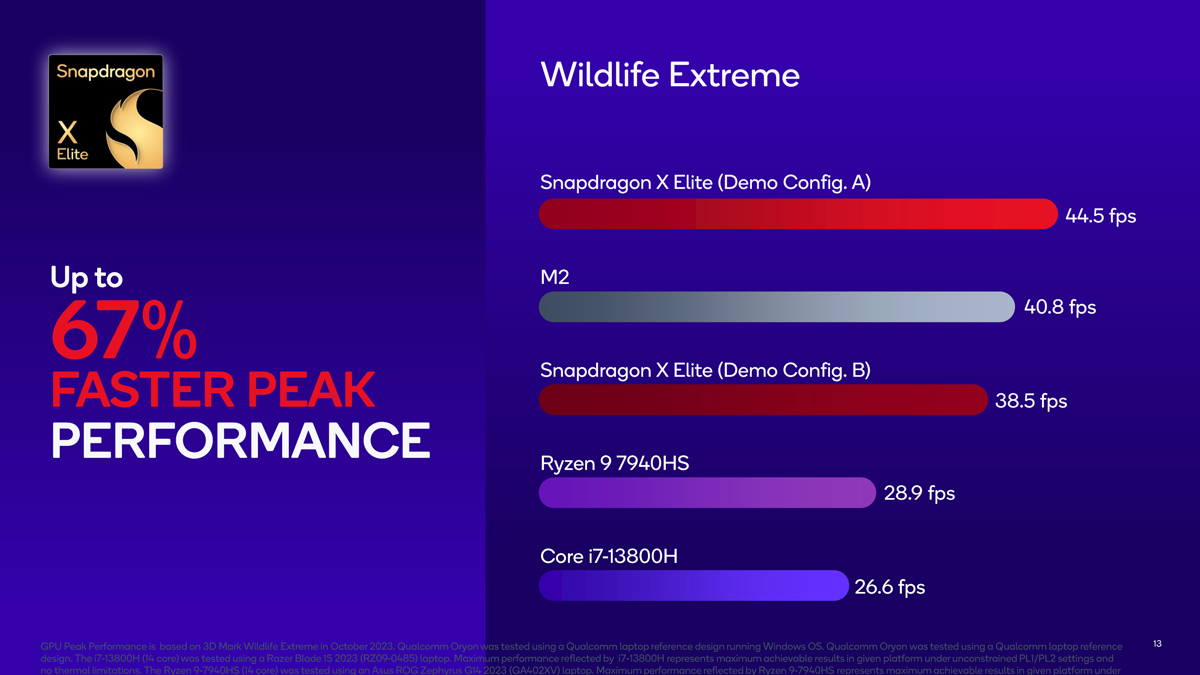
Again though, these are all just benchmarks numbers cherry picked by Qualcomm themselves, and while I did see these laptops performing just as well as Qualcomm said they would with my own eyes, we will have to wait until they’re actually available to purchase to be sure of their performance. And therein lies the problem as even though Snapdragon X Elite is now official, laptops powered by it will only be made available in mid-2024. This gives the competition a long time to catch up, such as Intel with their upcoming Meteor Lake mobile processors.
What about the M3?
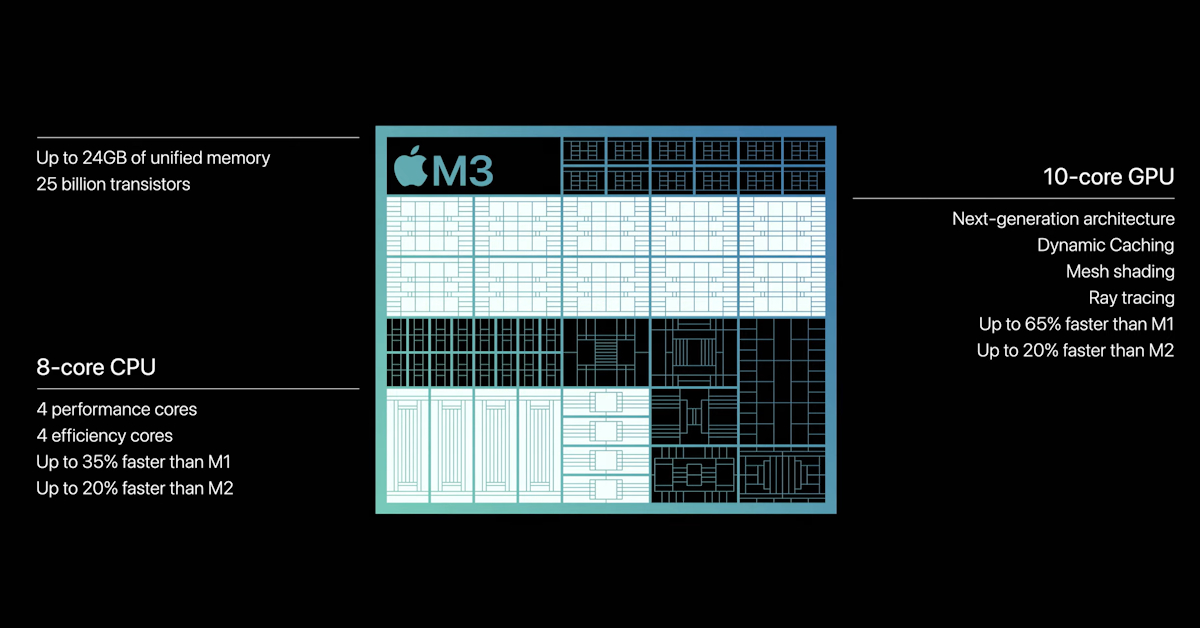
Apple very quickly responded to the launch of the Snapdragon X Elite by having their own Scary Fast event, which saw the debut of the M3 family of processors. While benchmark numbers for these have yet to officially appear (apart from Apple’s own vague performance charts), multiple runs of the Apple M3 have surfaced on Geekbench 6.
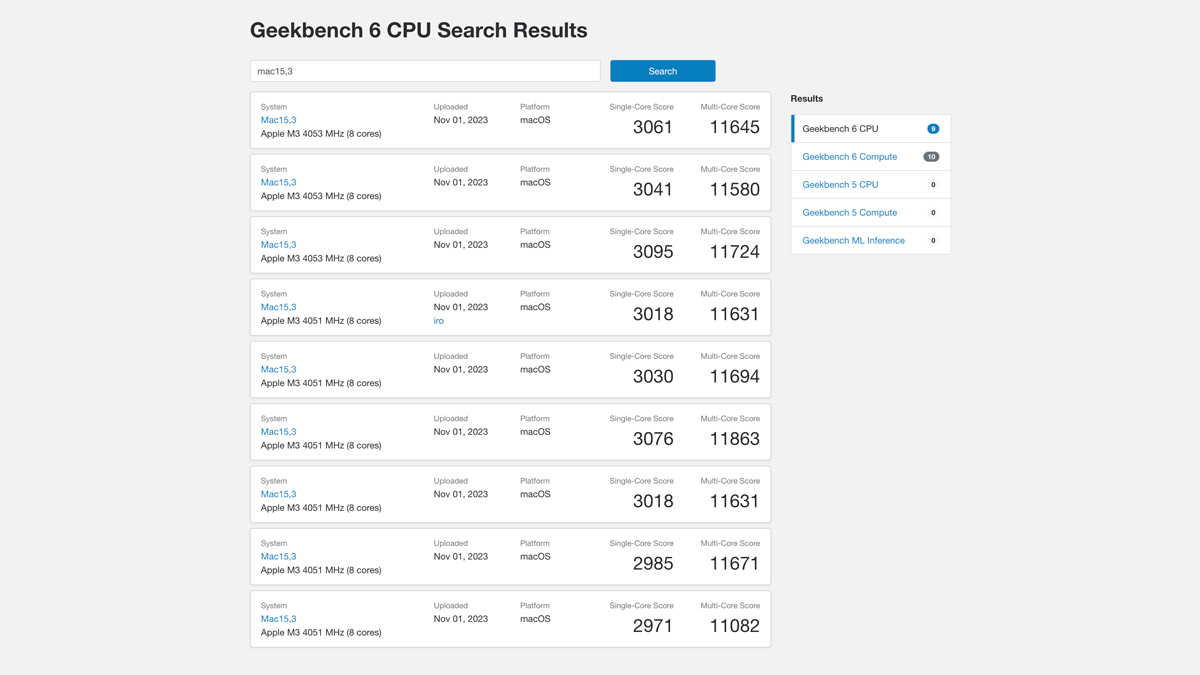
The Apple M3, believed to have been run on the new MacBook Pro 14, has an average Geekbench 6 CPU single core score of roughly 3,000, while for multicore it scored on average 11,613. This means that compared against the Snapdragon X Elite, Apple’s latest processor has a slight edge in the single core department, but the Snapdragon X Elite remains more powerful more multicore workloads, likely thanks to it having more cores.
That being said, these are still very early numbers, and we’ll have to wait for full availability of the M3-powered MacBook Pro 14 to know for sure just how well it performs. These are also all only related to its CPU performance, with more details needed on how well the M3’s much improved GPU and its AI capabilities stack up against Qualcomm’s offering.








